Guide to Vietnamese Porridge Variations by Region
43 min read Explore Vietnamese porridge (cháo) across regions—signature bowls, ingredients, textures, and traditions—from Hanoi to Huế to Saigon—with tips to order, cook, and enjoy authentic comfort. October 11, 2025 09:10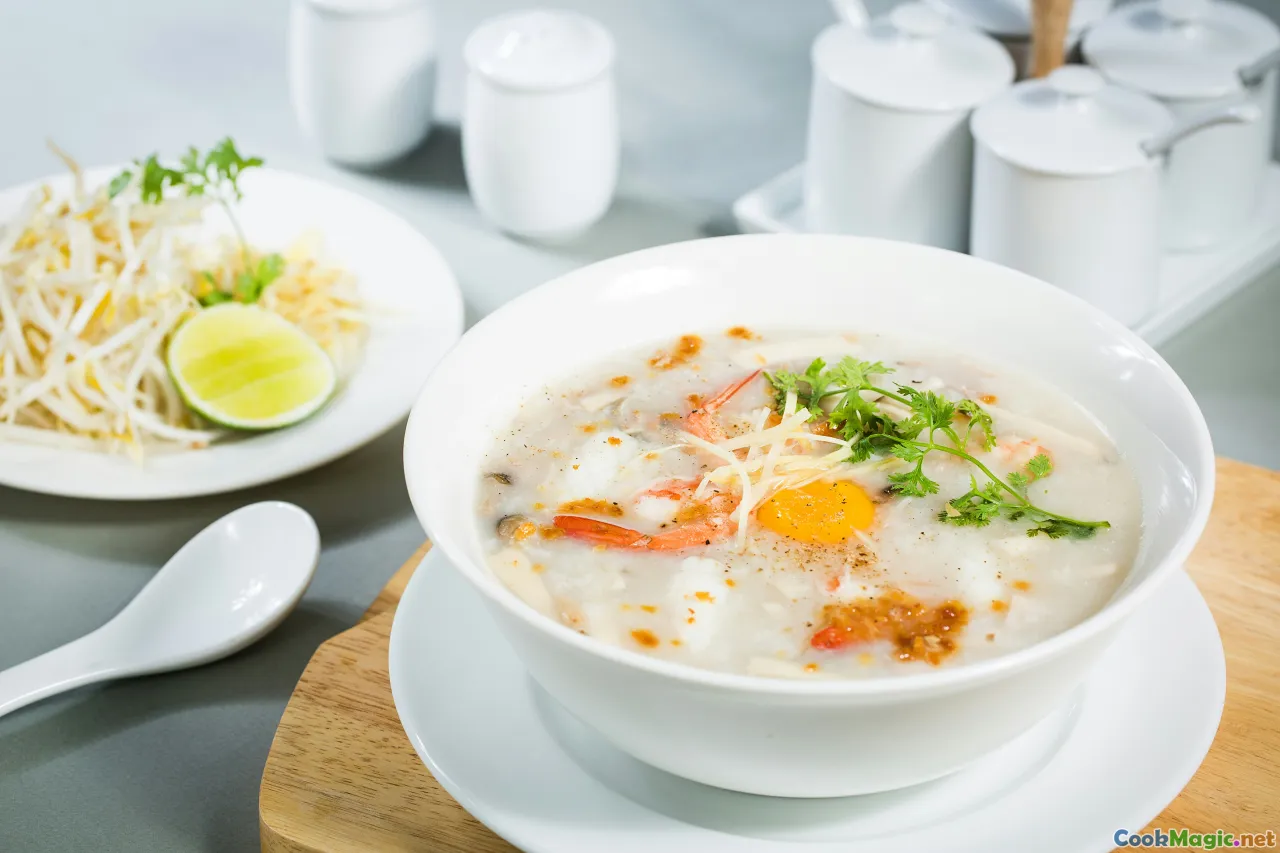
The first spoonful is always steam and memory. A thin ribbon of heat curls from the bowl, carrying the perfume of rice and bone, a whiff of scallion green, a prickle of white pepper. You stir once, watching the spoon carve a glossy path through the porridge—a soft, snow-colored sea—and all the bustle of the market or the clamor of the street recedes. In Vietnam, cháo—rice porridge—has long been the country’s tenderest shorthand for care: for the convalescent, the postpartum mother, the child with a fever, the traveler stepping off a night bus, the worker grabbing strength before dawn. Yet it’s also a living map. If you listen closely to a bowl of cháo, you can hear a river delta, a court kitchen, a fishing hamlet, a Chinese shop-house, a Khmer herb garden—a nation softened, seasoned, and served on a spoon.
What Makes Cháo Uniquely Vietnamese

Congee, yes. The concept of rice cooked to surrender in excess water is shared across much of Asia. But Vietnamese cháo wears its own lineage in aroma, texture, and ritual. Where Chinese congee might lean gelatinous and spare, Vietnam’s porridge often sings with the light-salty lift of nước mắm (fish sauce), a scatter of fresh herbs, and the buoyant crunch of quẩy (fried dough stick). It’s a bowl that rarely stands alone: there’s always something to dip, sprinkle, or spoon alongside—pork floss (ruốc), salty eggs, pickles, a bitter leaf to balance sweetness.
Texture is a first fork in the road. Northern bowls tend to be thick, almost spoon-clinging, thanks to a method that breaks the rice deeply into starch (more on technique later). The Central region, particularly Huế and Quảng Trị, courts tang and perfume: a splash of fermented shrimp paste (mắm ruốc), a flash of chili oil, a hidden lemongrass stalk. In the South and the Mekong, the porridge sometimes loosens into a soupier form, meant to be chased with herbs by the handful—rau đắng, ngò om—and eaten with side dishes as though the porridge were a stage for many small performances.
Culturally, cháo is the polite whisper between meals and the big-hearted shout for midnight hunger. It greets new life (postpartum mothers receive nourishing pots of cháo gà) and eases departure (a calming tonic at wakes). It remembers wartime scarcity and flood season. And it lives everywhere: in market alleys, on makeshift sidewalk altars of coal and pot, behind the glass of late-night shopfronts in Chợ Lớn, and in every home kitchen where rice meets water and patience.
The Northern Morning: Hanoi’s Silky Cháo Sườn and Friends
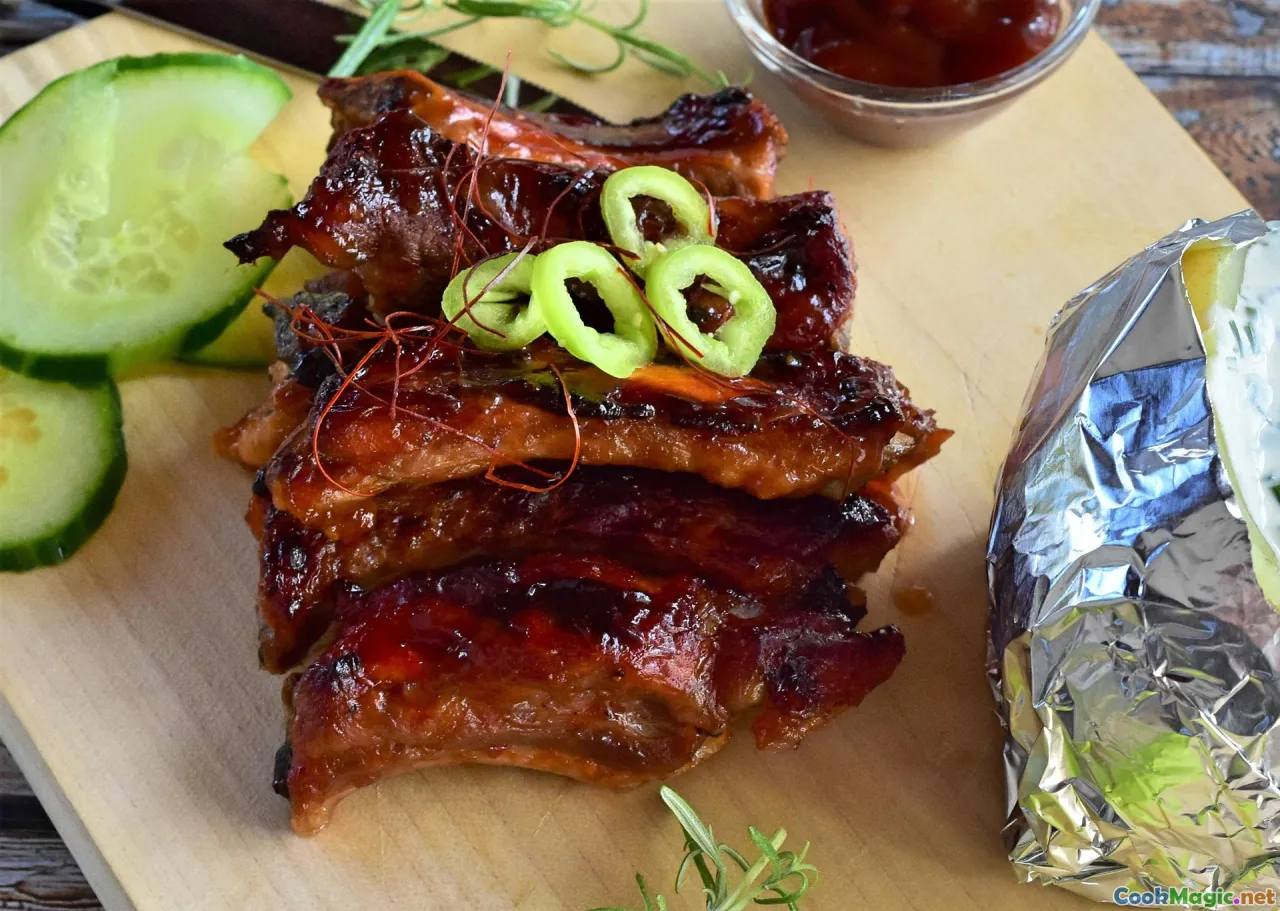
If you’ve ever woken before the sun in Hanoi and followed the smell of pork bones softening to sweetness, you’ve followed a scent trail to cháo sườn. The capital’s archetypal porridge is a silken ribbon made from rice broken down until each grain loses its edges. The broth comes from bone: ribs simmered long enough that they sigh when lifted. The color is milk-white with a sheen, the flavor both clean and deep.
A typical bowl gathers in a ladle of hot porridge, its surface mottled by droplets of rendered fat. On top: a handful of ruốc (pork floss) that dissolves like savory fairy dust; a zigzag of pepper; a green confetti of scallion; and, crucially, quẩy—still warm, airy inside, lacquered in places with porridge where you’ve dipped it. There’s a choreography to eating: break the quẩy into short lengths, dunk to soften, chase with spoonfuls of porridge and floss, adjust saline levels with a few drops of fish sauce at the table.
Beyond ribs, the North loves its briny and riverbed flavors. Cháo trai—clam porridge—starts with small freshwater clams simmered just to open, their liquor saved. The rice cooks in that golden broth with a tangle of fried shallot, the sweet marine smell gently lifted by a whisper of dill (thì là) or perilla (tía tô), depending on the cook. You’ll find versions with a dab of turmeric, turning the porridge the color of afternoon sunlight.
Cháo cá rô đồng—field perch—treats the fish tenderly: simmer, lift, flake, and briefly pan-fry until the edges crisp. The flaked fish sits atop the porridge like gilded curls, scattered with dill and pepper. A squeeze of lime wakes everything up. On winter days, there is cháo sườn sụn, cooked until almost custard-thick, with tiny nubs of cartilage that release delicate crunches between the teeth—a texture playground.
I remember my first bowl in the Old Quarter in early January. Wind like needles. A blue enamel pot balanced on a coal brazier, the vendor’s hands kept warm by the steam. She stirred with a wooden paddle, not a spoon, so the porridge never scorched. When I paid, she dropped a mischievous extra nub of quẩy into my bowl like a blessing. Every mouthful tasted like truce with the cold.
Central Vietnam’s Bold Whisper: Huế, Quảng Trị, Nghệ An
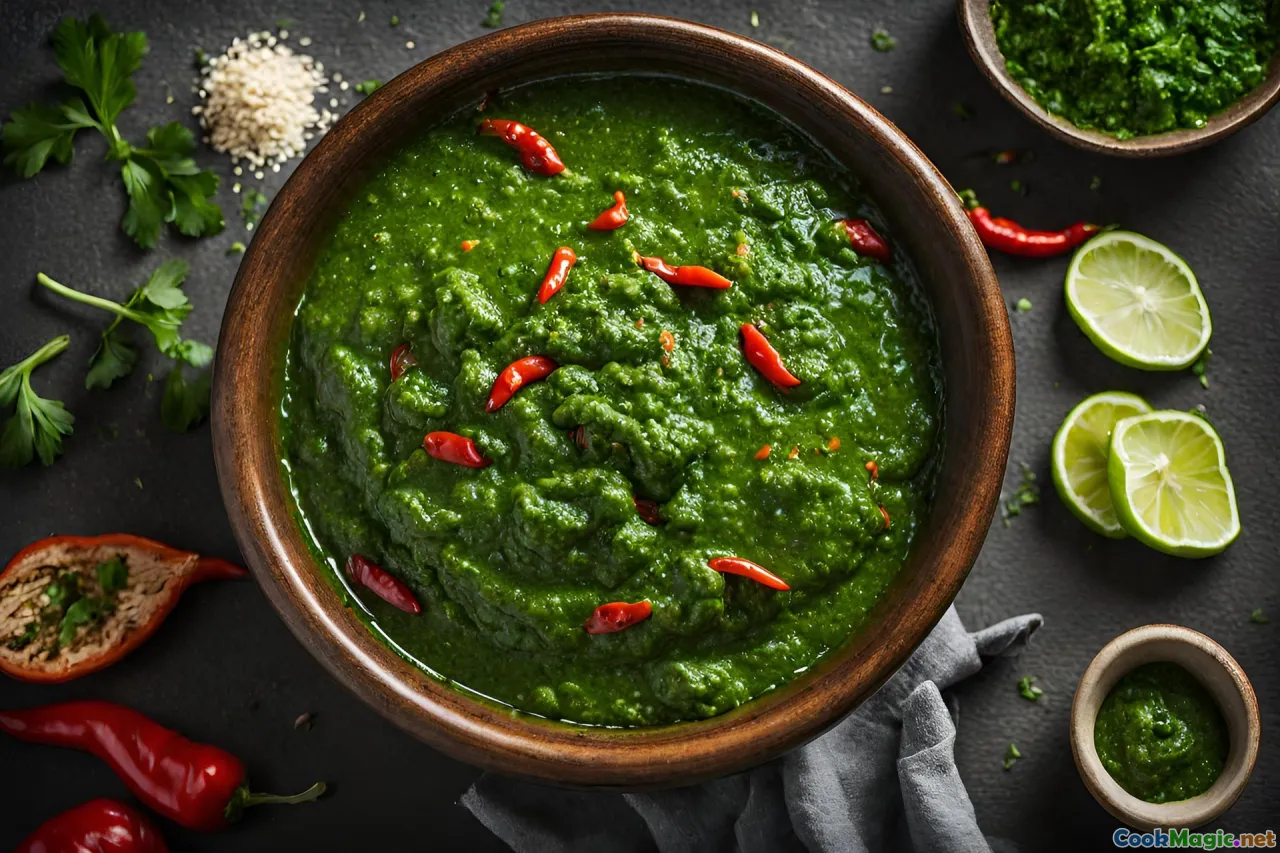
The Central coast is where cháo acquires its perfume and secret wink. In Huế, you might begin with cháo hến—a porridge threaded with tiny basket clams from the Perfume River. The clams are sautéed quickly with garlic and a dab of mắm ruốc, then ladled over porridge; the bowl wafts a shy brininess, undercut by toasty peanuts and a crackle of pork cracklings. A drop of chili oil draws a red streak across the pale surface. Break a shard of sesame rice cracker (bánh tráng mè) and dip; the contrast—splintering crisp to velvet spoon—is half the pleasure.
Go north just a bit, and you’ll encounter cháo bột (Quảng Trị), a dish that defies tidy translation. Instead of whole rice, cooks whisk ground rice into the broth, producing a satin body with no grain at all, like a savory rice custard. It is famously paired with heo quay—roast pork—the skin shattered into glassy shards, meat rosy with five-spice. A spoonful delivers a trifecta: the clean warmth of the porridge, the feral umami of mắm ruốc whispering in the background, and the fat-salt snap of pork skin. The broth often blushes pink from shrimp paste and annatto oil, the color of tropical dawn.
Drive south to Nghệ An and a different obsession emerges: cháo lươn—eel porridge. The eel is skinned and sliced into ribbons, then tossed in a hot pan with lemongrass, turmeric, chili, and annatto oil. The spices stain the eel golden, a fiery mosaic in the bowl. The porridge itself stays pale and calming, so the eel’s heat feels like a warm scarf rather than a furnace. Garnishes lean herbal: sawtooth coriander (ngò gai), Vietnamese coriander (rau răm), and scallions. Eat it in Vinh city and you’ll notice the broth glows sunset orange and the eel turns slippery-tender, almost buttery. There’s a ritual here too: a squeeze of lime, a crack of pepper, a spoon of chili in vinegar to cut through the richness.
On a rain-soaked afternoon in Huế, I once ate cháo at a low table under a plastic awning while incense from a nearby temple braided with the smell of mắm ruốc. Rain tapped like fingers on the tarp. The porridge smelled of ghosts and spice. To this day, if I catch a whiff of fermented shrimp paste warmed on the stove, I’m there again, listening to the rain spell out old poems.
Southern Bowls and the Mekong’s Wide Pot
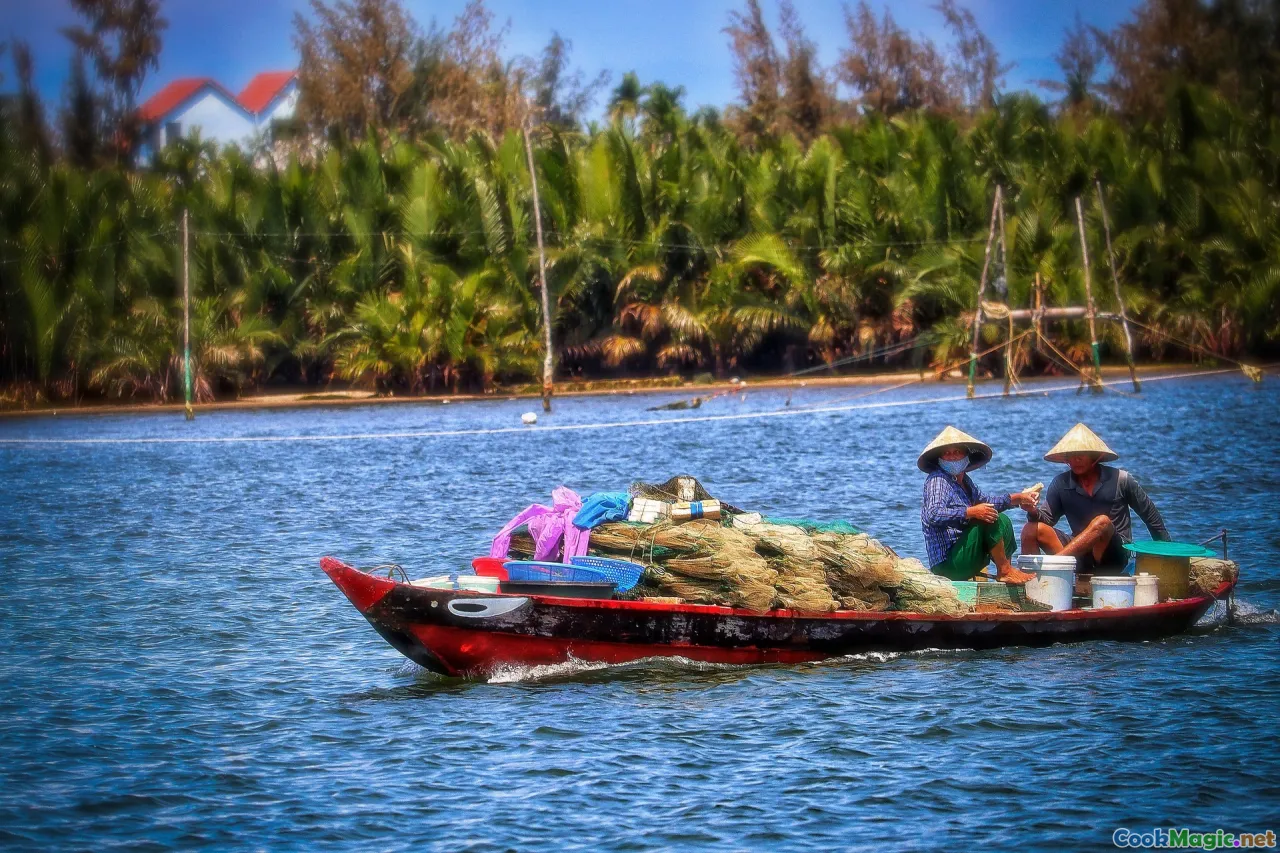
In the South, porridge widens into conviviality. A bowl is rarely just a bowl; it’s a centerpiece around which herbs, vegetables, and small dishes congregate. Consider cháo cá lóc rau đắng—snakehead fish porridge with bitter herb—across the Mekong Delta. The fish is poached gently, its lean flesh flaking into petals. The porridge itself is a loose canvas, scented with ginger and fish sauce. On the side: a vivid jungle of herbs—rau đắng (bitter), ngò om (rice paddy herb), ngò gai (sawtooth coriander)—and a saucer of lime wedges and bird’s eye chilies. The method is participatory: tear herbs into the hot bowl so the steam awakens their oils; the bitter leaves bring complexity, a necessary shadow to the sweet fish.
Then there’s cháo ám from Trà Vinh and Sóc Trăng, where Khmer influence bends the bowl toward herb-driven brightness. The fish—often snakehead or a gentle river catfish—swims in a broth scented with lemongrass and sometimes a subtle wink of fermented fish (mắm bò hóc). The porridge runs thin, closer to a soup; it’s served with an extravagant herb platter—banana blossom shaved into curls, bean sprouts, basil, rice paddy herb, and occasionally slivered water lily stems in flood season. You eat quickly, while the herbs still snap and the porridge breathes steam.
In Saigon and the larger southern cities, cháo lòng stands tall. It’s a robust porridge jeweled with pork offal—slices of liver and kidney, hoops of intestine, cubes of blood jelly (huyết), sometimes a segment of stomach with a chew that rewards patience. A conscientious vendor cleans the innards with salt and lime, blanches them with crushed ginger and lemongrass, then simmers them gently. The porridge picks up this piggy sweetness without greasiness. On the side: a plate piled with shredded herbs (Thai basil, sawtooth coriander), bean sprouts, lime, and chilies. There’s usually a small dish of salt, pepper, and lime juice for dipping the offal—bright, electric, balancing.
And we can’t ignore cháo vịt (duck porridge), a Saigon favorite: the duck jointed, simmered, and served with a gingery fish sauce dip (nước mắm gừng) and a zingy banana-blossom salad on the side. The porridge uses the duck broth, fat shimmering in tiny amber beads on the surface. A bite of duck, a spoonful of porridge, a leaf of basil—together they sketch the portrait of southern appetite: rich, fresh, generous.
In the Shadow of Pagodas and Shop-Houses: Chợ Lớn’s Teochew Touch
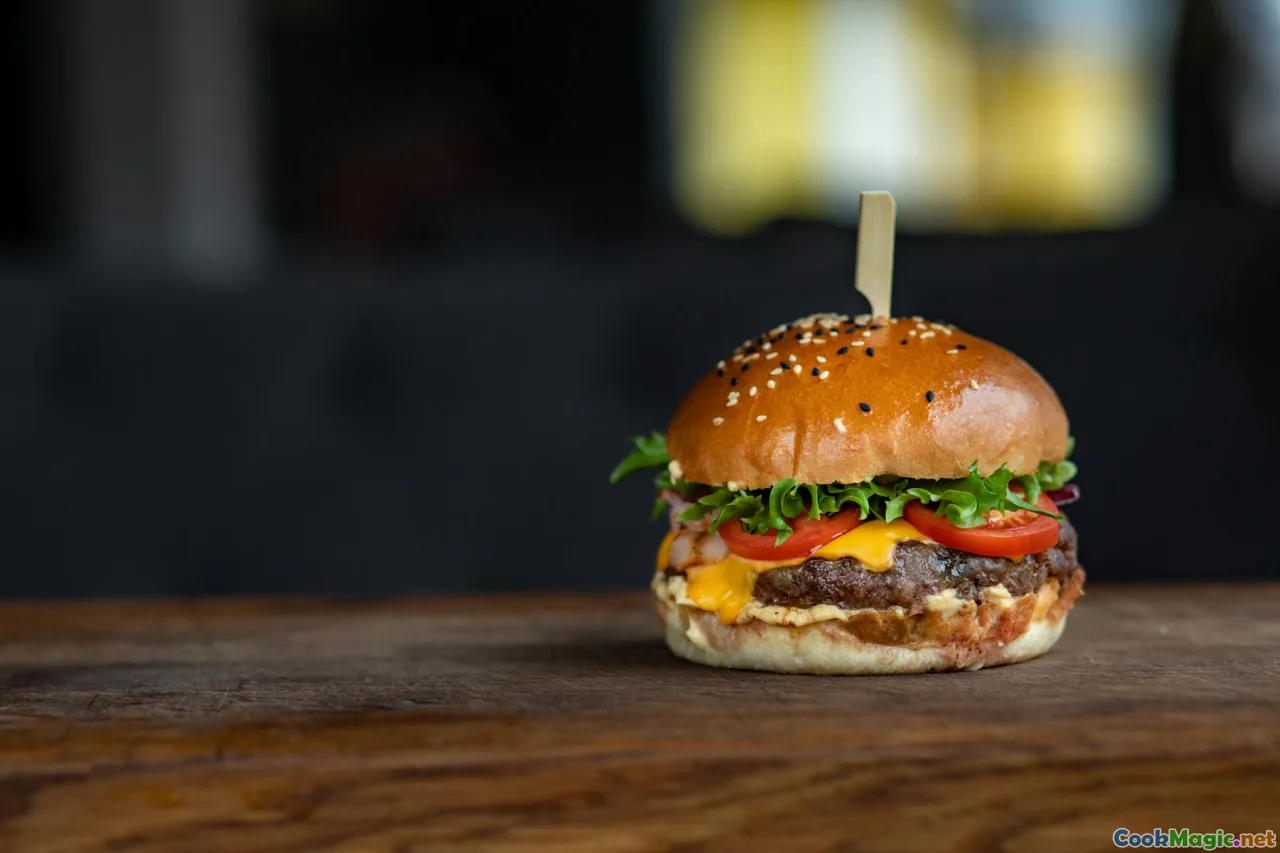
Vietnam’s largest Chinatown, Chợ Lớn in District 5, hums after midnight. There, you’ll find cháo Tiều—Teochew-style congee—thinner and more brothy, with rice grains still distinct and floating. The style prizes clarity and side dishes: pickled mustard greens, salted duck eggs, braised peanuts, steamed fish with ginger, tofu in dark soy, and the irresistible salty punch of crispy fried anchovies. A classic bowl might hold slices of lean pork, some minced pork or fish balls, and a few shards of pickled vegetable, perfumed with white pepper and sesame oil.
Many stalls offer century eggs, shrimp, or pig brain (óc heo), the latter melting into velvet under the heat. A long youtiao sits across the bowl like a drawbridge, and you tear it into pieces to soak. Between slurps, the vendor might ladle you a small dish of congee broth on its own—clean and restorative—to “wash the taste.” This diaspora influence extends throughout southern Vietnam, weaving a strand of Chinese technique into the larger Vietnamese fabric without ever erasing the fish sauce and herbal accents that define local taste.
How to Build a Perfect Cháo Base at Home

Technique decides if your porridge is merely soft rice or true cháo with body, gloss, and soul. Here’s a roadmap drawn from cooks across the country.
- Choose your rice blend: A mix of 80–90% regular jasmine or medium-grain rice with 10–20% glutinous (sticky) rice adds silk without gumminess. In the North, some vendors toast the rice lightly in a dry pan until it smells like popcorn to coax nuttiness.
- Rinse with intention: Wash rice until water runs clear, but don’t over-agitate. Some cooks soak rice 30 minutes to relax the grains.
- Break the rice: Pulse briefly in a spice grinder or crush with a rolling pin in a zip-top bag. You want “cracked” rice, not powder, to thicken evenly. Northern-style cháo sườn may use a heavier break for a velvety finish.
- Start with stock: Bones are your best friends—pork ribs or neck bones for a hearty base, chicken frames for lightness, fish bones for maritime clarity. Simmer with ginger and scallion ends; skim foam diligently.
- Oil or lard is not a sin: Briefly sauté the drained rice in a spoon of chicken fat or neutral oil with a slice of ginger and a pinch of salt before adding stock. The rice will sheen and resist sticking.
- Liquid ratio: For a thick Northern-style, start with about 1 cup rice to 8–9 cups stock; for a looser Southern bowl, 1:10–12. Remember porridge tightens as it cools.
- Gentle agitation: A steady simmer and occasional stir with a flat wooden spoon prevents sticking. The stroke should scrape the bottom lightly, not beat the rice into paste.
- Pressure cooker shortcut: 15–20 minutes at high pressure yields a respectable base. Stir vigorously after releasing pressure to emulsify.
- Season late: Salt or fish sauce added too early can tighten the rice and dull fragrance. Season toward the end, tasting repeatedly. A tablespoon of fish sauce at the finish perfumes the whole pot.
- Finishing gloss: A swirl of scallion oil or annatto oil (for Central-style dishes) lifts aroma and gives a jewel-like sheen.
Once you have a reliable base, the map opens. You can turn left toward eel and chili, right toward duck and ginger, or keep straight for a simple bowl that tastes of grain and care.
Regional Porridge Archetypes: A Culinary Map

To understand Vietnam’s porridge logic, it helps to think in archetypes.
- North (Hanoi and surrounds): Thick-bodied, bone-forward porridges. Signatures include cháo sườn (pork ribs), cháo sườn sụn (with cartilage), cháo trai (clam), and cháo cá rô đồng (perch with dill). Toppings revolve around ruốc, quẩy, scallions, and pepper. The weather encourages heft; the palate favors balance without heavy spice.
- Central (Huế to Nghệ An): Fragrance and color. Cháo hến (basket clams with mắm ruốc, peanuts, and chili oil), cháo bột heo quay (silky rice-flour porridge with roast pork), and cháo lươn (spiced eel, annatto, turmeric). Garnishes are assertive—Vietnamese coriander, sawtooth coriander, banana blossom shreds, sesame crackers.
- South and Mekong: Looser porridge that plays well with a riot of herbs and side dishes. Cháo cá lóc rau đắng, cháo vịt with gỏi and ginger-lime dip, cháo lòng with offal plate. Chinese-Vietnamese cháo Tiều adds brothy clarity and side-plate variety: pickles, salted eggs, braised small dishes.
Across all regions, cháo trắng—the plain porridge—holds the family together. It’s eaten with whatever the day provides: a chunk of caramelized fish in clay pot (cá kho tộ), shredded pork floss, pickled mustard greens, a salted duck egg oozing yolk like copper. In flood season or during illness, cháo trắng blossoms into full meals through these companion dishes.
Story from the Road: Three Bowls, Three Moods
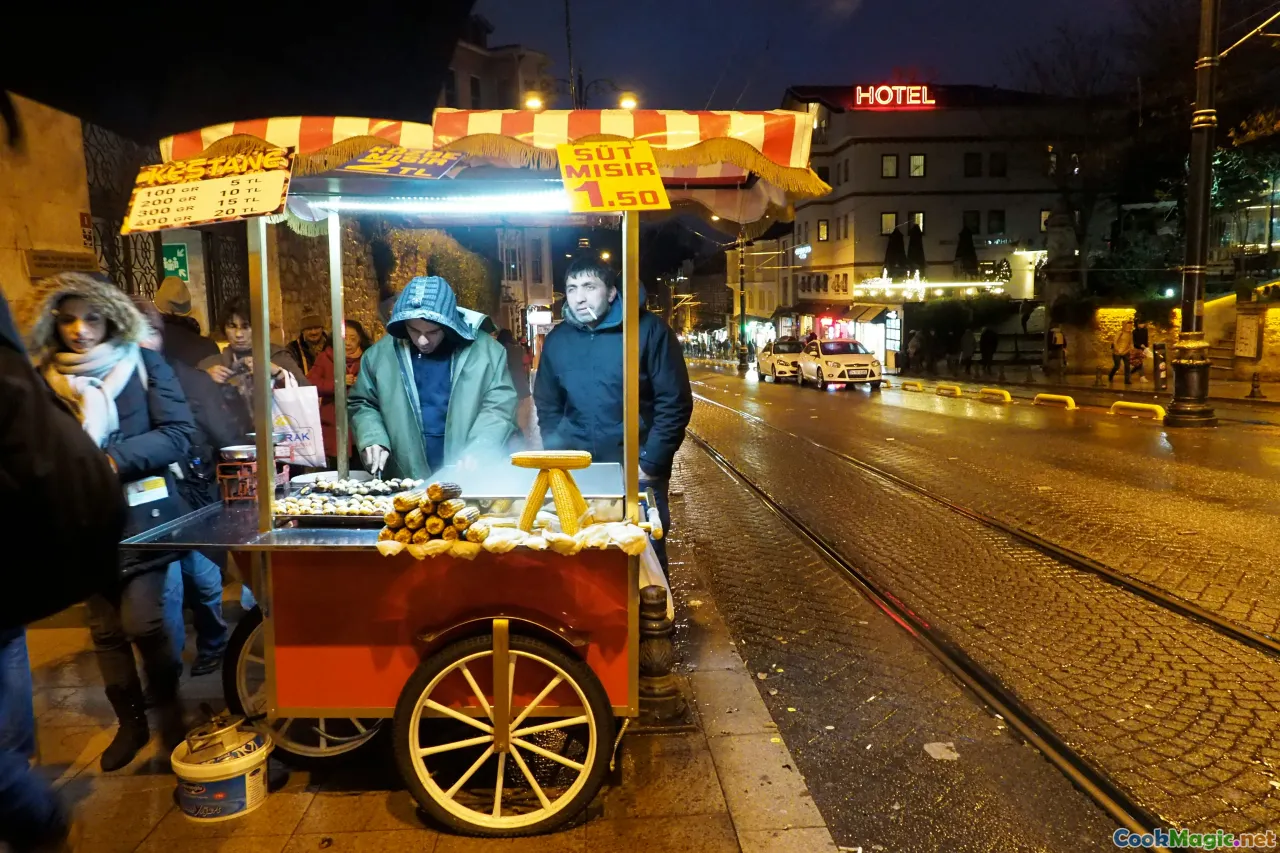
- Dawn in Hanoi: Fog sits like wool on the lake. A woman in fingerless gloves stokes her brazier, stirring a pot whose surface breathes. The first customers are motorbike taxi drivers, eyelids heavy, helmets dangling from elbows. I order cháo sườn, watch the spoon lift arcs of white that fall back soundlessly. Pork floss collides with steam, becomes perfume. The bowl is quiet, the city loud. For ten minutes, the reverse is true.
- Noon in Huế: Rain—of course. my motorbike poncho glued to my knees, I duck into a tarp-shaded stand by Đông Ba Market. On the counter, small bowls of chopped peanuts, chili oil clear as lacquer, and a jar of mắm ruốc whose scent would make a timid soul blush. The vendor ladles cháo hến, then crowns it with clams that quiver like punctuation marks. I finish with sesame cracker shards, each crack audible over the rain’s whisper. The porridge smells of river secrets, of kitchens where great-grandmothers taught wrist flicks.
- Midnight in Chợ Lớn: Neon and silence. The congee stall glows like a lighthouse. A man in a crisp white shirt sits two stools down, sleeves rolled, tie loosened. We both order cháo Tiều with salted fish and a century egg. The broth is clear and stern; the youtiao flirts with indecency. We dip and slurp, dip and slurp. He nods once, as if we’ve shared a confession. Perhaps we have.
Toppings and Condiments: Small Things, Big Personality
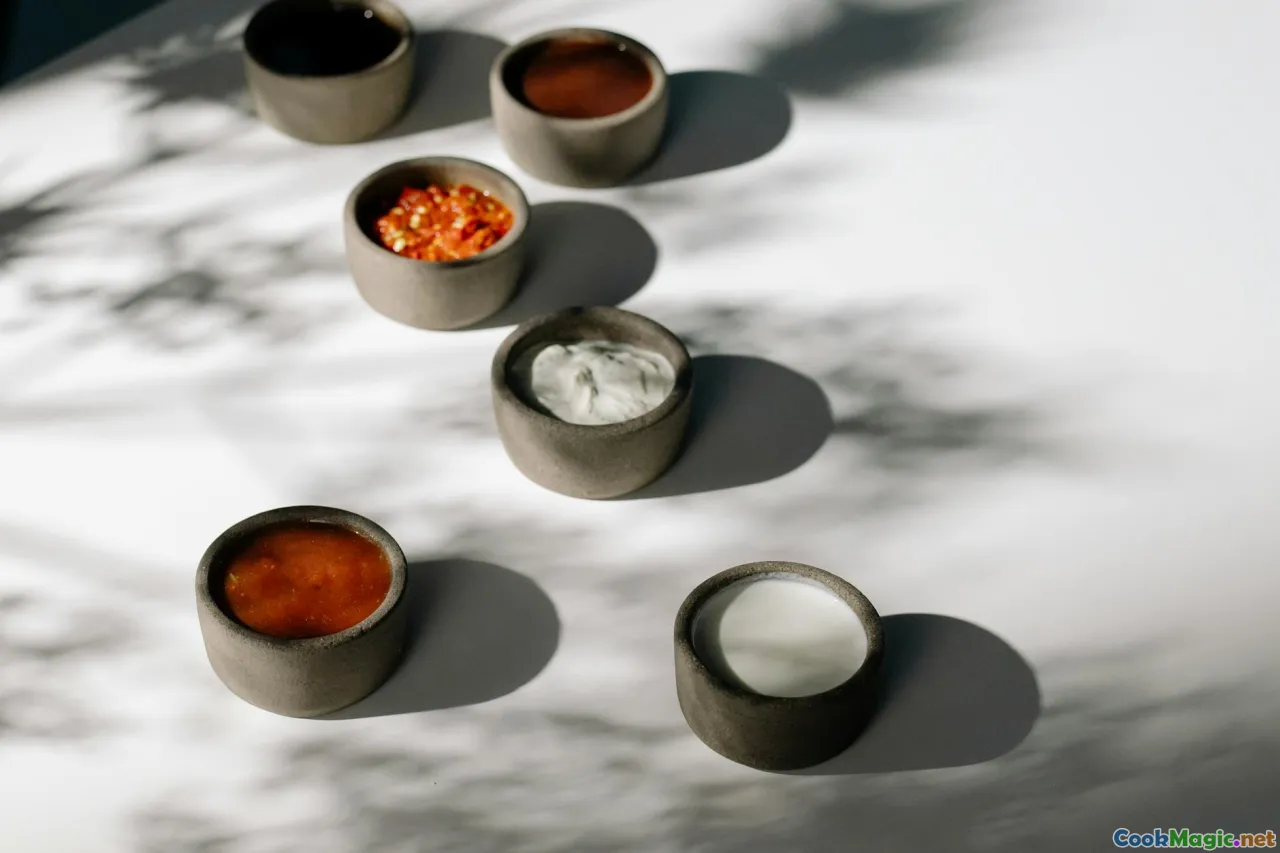
Vietnamese porridge is a study in micro-adjustments. A bowl’s character can pivot on a single teaspoon of something.
- Fish sauce: Drip a few drops over a steaming bowl; the heat coaxes out ocean funk in miniature. In Central Vietnam, the bolder mắm ruốc enters the chat; use judiciously.
- Pepper: Northern cooks favor a generous dusting of black or white pepper, producing that telltale tickle at the back of the throat.
- Chili oil and fresh chiles: Huế’s ruby chili oil paints streaks of danger and warmth; in the South, a sliced bird’s eye chile punched into lime meets a pinch of salt for dipping duck or offal.
- Herbs: Scallions (hành lá) everywhere. Then region-dependent: dill (thì là) with fish in the North; rau răm and ngò gai with eel or clams in Central; basil, rau đắng, ngò om in the South.
- Crunch: Pork cracklings, toasted peanuts, fried shallots, and that agile acrobat, quẩy. Even a handful of bean sprouts can change a bowl’s posture.
- Proteins on the side: For cháo trắng, a salted duck egg cracks open like a jewel; ruốc, the cotton-candy of meat; a spoon of braised anchovy or a sliver of salty mackerel; tofu with pickled mustard greens in vegetarian households.
Learn to season at the table like a local: taste, then adjust, listening to what the bowl asks for. Some mornings want pepper’s sting; others want the shimmer of lime.
Offal, Eel, and Fish: Techniques and Tips from the Source
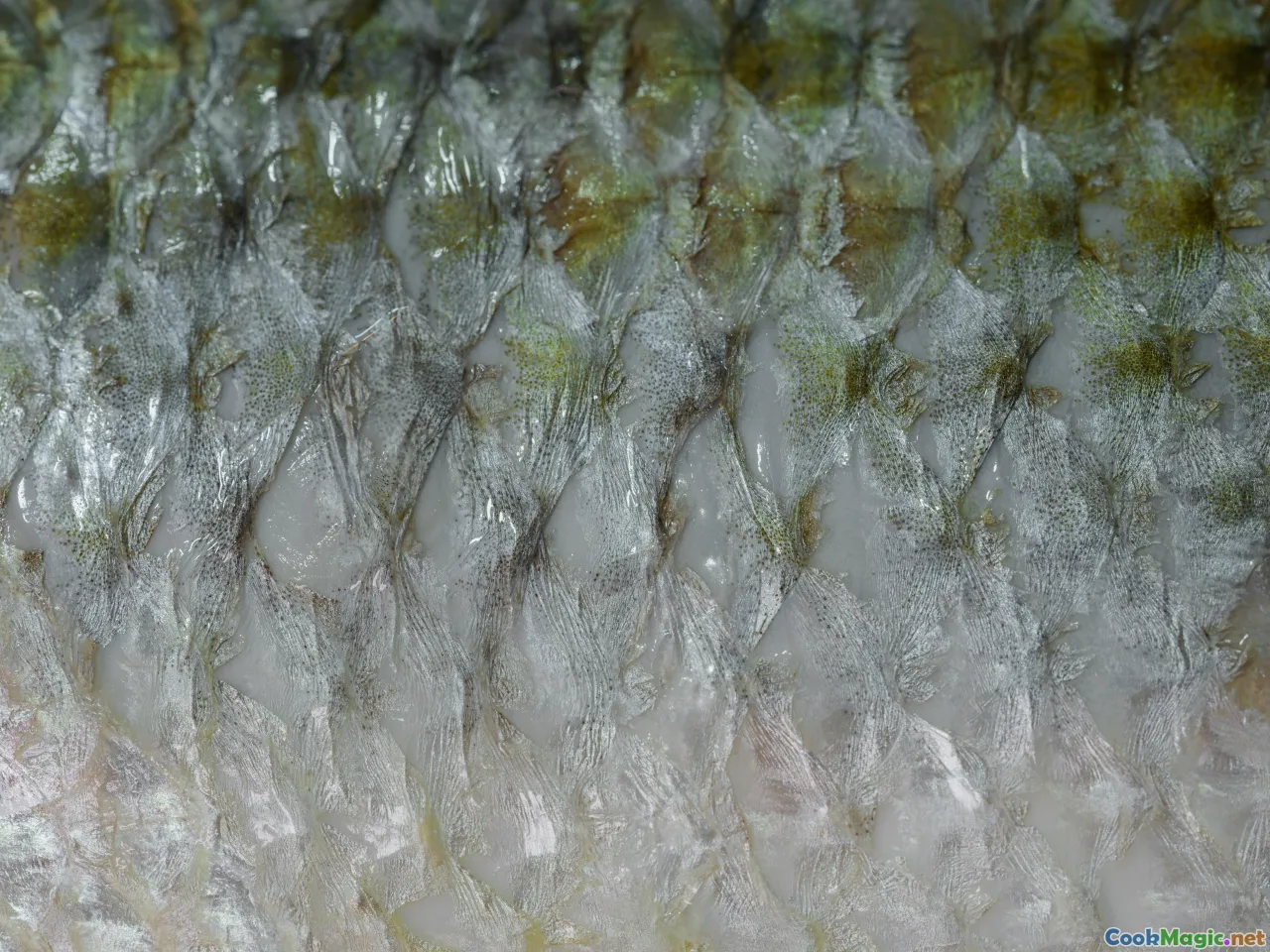
Working with unconventional cuts and slippery swimmers can intimidate. Here’s how cooks along the country tame bold ingredients into tenderness.
- Offal for cháo lòng: Rinse thoroughly under cold water, then scrub with salt and a squeeze of lime or vinegar until slickness is gone. Blanch briefly with smashed ginger and lemongrass to deodorize, rinse again, then simmer gently—never roiling—to avoid toughness. Slice against the grain. Serve with salt-pepper-lime dip to brighten.
- Eel for cháo lươn: If using live eel, ask your fishmonger to skin and gut it. Rinse in salt and lime, then slice into ribbons. Sauté aromatics—lemongrass, shallots, turmeric—until fragrant; add eel and toss quickly. Don’t overcook; it finishes in the hot porridge.
- Snakehead fish for cháo cá lóc: Poach whole in lightly salted water with ginger and scallions. Lift it, cool slightly, and flake into large petals, removing bones. Strain the poaching liquid into your porridge pot for a clean fish base. Reserve some whole pieces for the top if you like ritual.
- Clams for cháo trai or hến: Soak to purge grit. Steam until just open; remove meat. Strain the liquor through a cloth to catch sand; add to your porridge. Sauté clam meat briefly with shallots—overcooking turns them rubbery.
- Duck for cháo vịt: Salt and ginger-scrub the bird, then rinse. Simmer gently with smashed ginger and onions until just tender; the broth becomes your porridge heart. Rest the duck before slicing so juices settle. Serve with banana blossom salad and ginger-lime fish sauce.
These small acts of respect—salt-scrub, gentle heat, careful slicing—are the difference between a bowl you remember and a bowl you forget.
Pantry and Prep: A Home Cook’s Porridge Timeline
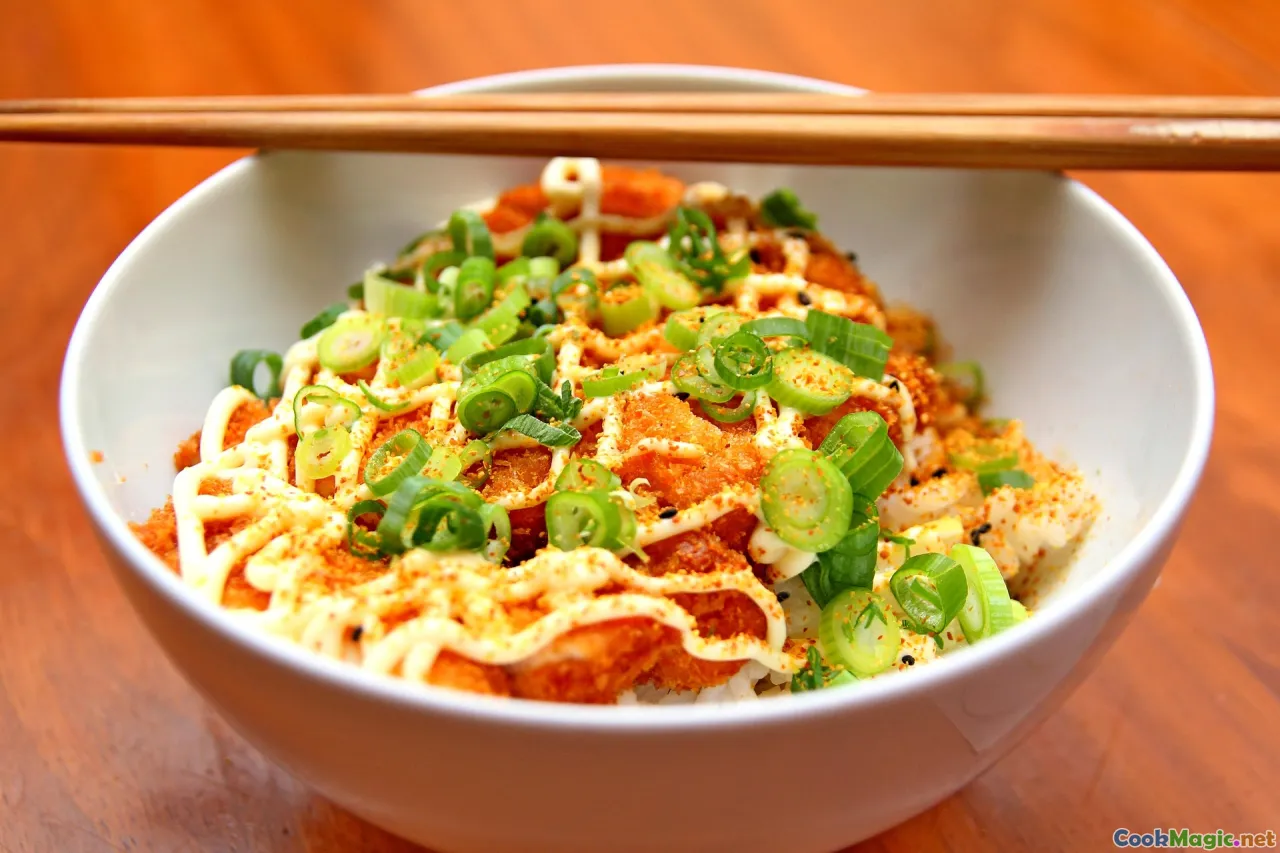
If you’ve never made cháo at home, start simple and build confidence. Here’s a practical, cook-friendly timeline for a weekday evening or leisurely weekend morning.
- The day before (optional): Make stock from bones you have—chicken frames, pork ribs, or a mix. Simmer with ginger, onion, and a few peppercorns; chill overnight, skim fat, reserve some for finishing oil.
- 60–90 minutes before eating: Rinse your rice blend (90% jasmine, 10% glutinous). Lightly toast in a pot with a teaspoon of oil or chicken fat and a slice of ginger until aromatic. Add hot stock at a 1:9 ratio for thick porridge; bring to a simmer.
- While it simmers: Prep toppings. Julienne herbs; toast peanuts; fry shallots; make chili-lime dip; set out quẩy or warm a sesame cracker over the flame.
- 20 minutes before: If making fish or clams, poach/steam and prepare. If going vegetarian, sauté mushrooms with ginger and soy to nestle into the bowl.
- 10 minutes before: Season the porridge gently with fish sauce and salt; taste. Finish with a swirl of scallion oil.
- At the table: Assemble communal plates of herbs, limes, chilies, and whatever protein you’ve prepared. Ladle porridge last so it’s steaming hot.
Time-saving tip: Use leftover rice. Simmer cooked rice with stock until it melts back into porridge (cháo from cơm nguội). It’s a thrifty weeknight life-saver.
Comparison: Cháo vs. Congee vs. Jok vs. Bubur
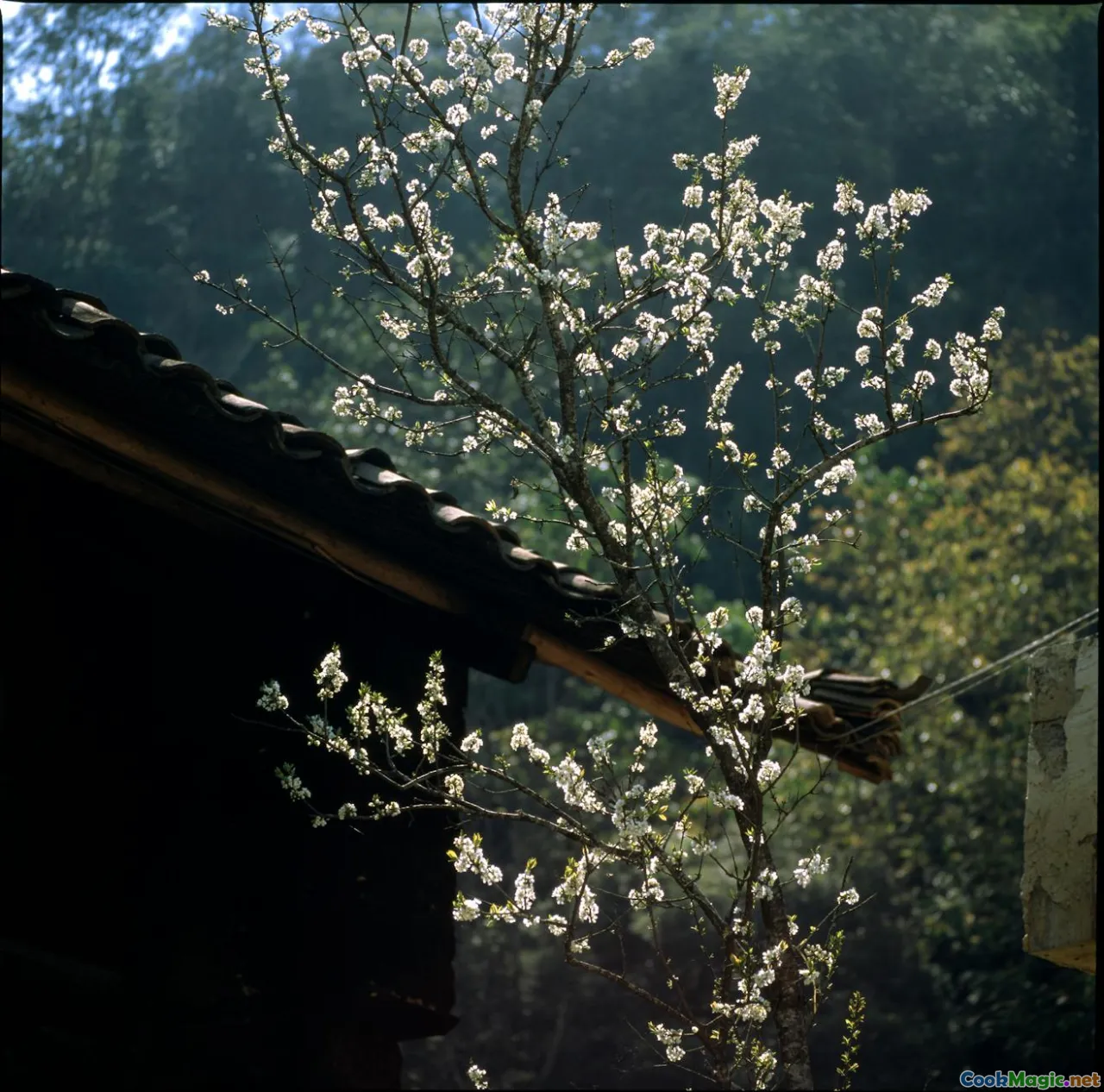
- Vietnamese cháo: Herb-forward, fish sauce-kissed, often paired with side dishes or bold garnishes. Textures range regionally from custard-thick to brothy.
- Chinese congee: Typically unseasoned base, relying on toppings like century egg, preserved vegetables, or salted pork; texture varies by region but often creamy-smooth.
- Thai jok: Thicker, often with minced pork and a cracked egg poached in the bowl, heavy on ginger and white pepper.
- Indonesian bubur ayam: Toppings spectacular—fried shallots, krupuk crackers, peanuts, sweet soy, turmeric-yellow sauce—over a looser porridge.
Vietnam sits at the crossroads, telling its own story in herbs and fish sauce, in crackling textures and clear broths.
Medicinal and Seasonal Cháo: Bowls that Heal
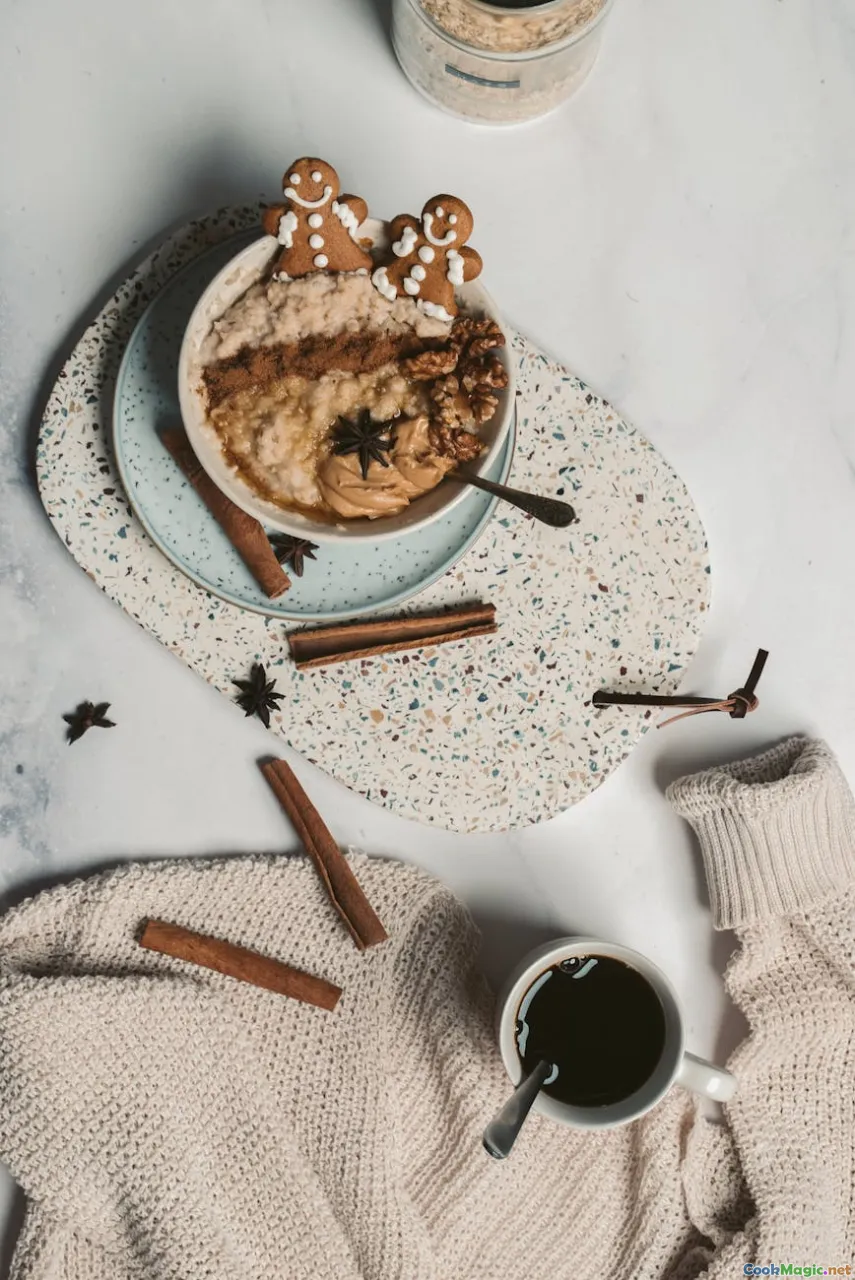
If you grew up in a Vietnamese household, you likely have a memory of being coaxed to the table for a bowl of cháo when sick. There’s an entire pharmacopeia of gentle porridges:
- Cháo hành, cháo tía tô: Scallion and perilla porridge, light as a whisper, to break a cold sweat. The steam warms your sinuses, the perilla’s minty-cinnamon note clears the head.
- Cháo gà for postpartum: Ginger-scented chicken porridge with pepper, sometimes thickened richly for strength. In some families, a handful of goji berries or red dates sneaks in, a nod to Chinese grandmothers.
- Cháo đậu xanh (mung bean): A tender, pale-green porridge soothing to inflamed stomachs, often vegetarian, brightened with a pinch of salt and a trickle of sesame oil.
- Flood-season porridges: In the Mekong, during the flood pulse, porridge appears with seasonal herbs like điên điển flowers or with foraged greens, turning scarcity into celebration.
Even literature keeps a bowl on the table. Mention “cháo hành” and many Vietnamese readers will recall a story in which a simple bowl of scallion porridge stands in for forgiveness itself. That’s how deep this dish runs.
Diaspora Kitchens: Substitutions that Still Sing

No snakehead fish in your city? No problem.
- Fish: Use tilapia, cod, or halibut for delicate flakes; for eel, try catfish or mackerel, adjusting spices for assertiveness.
- Clams: Canned clams with their juice work well in a pinch; rinse extras to control salinity. Bottled clam juice plus fresh mussels can fake a riverbed just fine.
- Herbs: Sawtooth coriander is hard to find—flat-leaf cilantro and a whisper of lime zest can echo its brightness. Rau đắng is irreplaceable, but arugula’s bite or a few fronds of dandelion greens get you halfway.
- Quẩy: Use Chinese youtiao from a local market; warm in the oven for crunch. A toasted sesame lavash can offer similar texture for Huế-style bowls.
- Broth: If bones are scarce, a light vegetable stock boosted with dried shrimp or bonito flakes lends umami. Finish with fish sauce to restore Vietnamese identity.
Remember the rule: maintain the bowl’s balance—clean grain, gentle broth, assertive garnish—and it will taste of home wherever you are.
Troubleshooting: Saving a Bowl on the Brink

- Too thick: Add hot stock, not cold water, and whisk gently to restore silk. A handheld blender in short pulses can re-emulsify lumps.
- Too thin: Simmer uncovered and stir occasionally; add a spoon of glutinous rice slurry and cook 5–10 minutes to integrate.
- Bland: Salt is not the only answer. A teaspoon of fish sauce near the end, a few drops of scallion oil, or a sprinkle of white pepper awakens flavor without heaviness.
- Fishy: You cooked fish too hard or used tired bones. Salvage with ginger-scallion oil and a squeeze of lime; next time poach fish separately and add at the end.
- Scorched bottom: Do not scrape. Decant the unburnt top into a new pot and finish with fresh aromatics. A scorched undertone haunts a bowl like a bad note in a song.
A Traveler’s Shortlist: Where the Memory Sticks

- Hanoi’s Old Quarter at dawn: Silky cháo sườn with quẩy and pepper, steam curling into the cold.
- Vinh City lanes: Cháo lươn with turmeric-laced eel, annatto-orange and perfumed.
- Huế near Đông Ba Market: Cháo hến with peanuts and sesame crackers, a river’s whisper in a bowl.
- Trà Vinh side streets: Cháo ám with fish and an herb forest, Khmer brightness on Vietnamese rice.
- Saigon’s late-night District 5: Cháo Tiều, brothy and studded with lean pork, salted fish, and century egg.
I’ve eaten from more glamorous tables, but none have looked back at me with the same kind eyes as a humble porridge stand.
Beyond Breakfast: Porridge as Pairing and Ritual
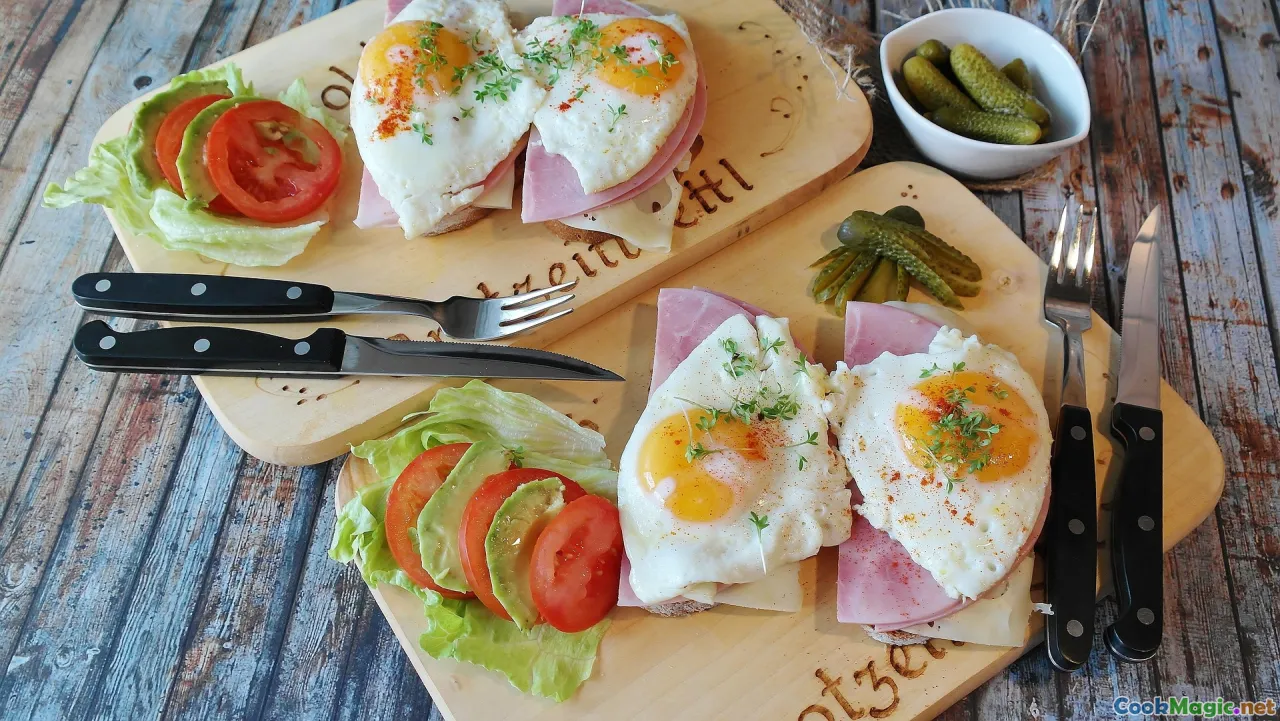
Cháo is often breakfast, yes, but it flexes across the day. Rice porridge serves as the perfect foil to strong-flavored dishes:
- Cá kho tộ (caramelized fish in clay pot): The sweet-salty char of caramel fish collapses into the blanketing softness of cháo trắng.
- Dưa cải chua (pickled mustard greens): Sour crunch to wake a sleepy bowl.
- Ruốc (pork floss): Lightning-quick protein, melting into the surface like snow.
- Trứng vịt muối (salted duck egg): The yolk, oily and dusky, paints the porridge with depth.
- Đậu hũ xào dưa chua (tofu with pickled greens): A vegetarian duet—sour and plush, crisp and smooth.
There are family rituals too. A grandmother’s pot simmering for a sick child; a postpartum tray with ginger chicken porridge; a community wake where porridge is both sustenance and soft speech. Unfussy profoundly doesn’t mean unimportant. It means essential.
Cooking with Weather: Bowls for the Season

Vietnamese cooks adjust cháo to climate.
- Cold mornings in the North: Rib-sticky bowls with extra pepper, quẩy warmed over coals, and a garnish of dill with fish for a northern nod.
- Monsoon afternoons in Huế: A Huế-style bowl with chili oil that pricks your lips, sesame cracker shards to keep the spirits up while rain drowns the city’s color.
- Hot Delta nights: A brothy fish porridge with a cool herb mountain; bitter greens provide a refreshing bite, lime cuts humidity’s heaviness.
I once asked a vendor in Cần Thơ why her porridge was so loose. She laughed, gestured at the river, and said, “It wants to flow.”
A Bowl I Keep Returning To: Cháo Gà with Ginger and Pepper
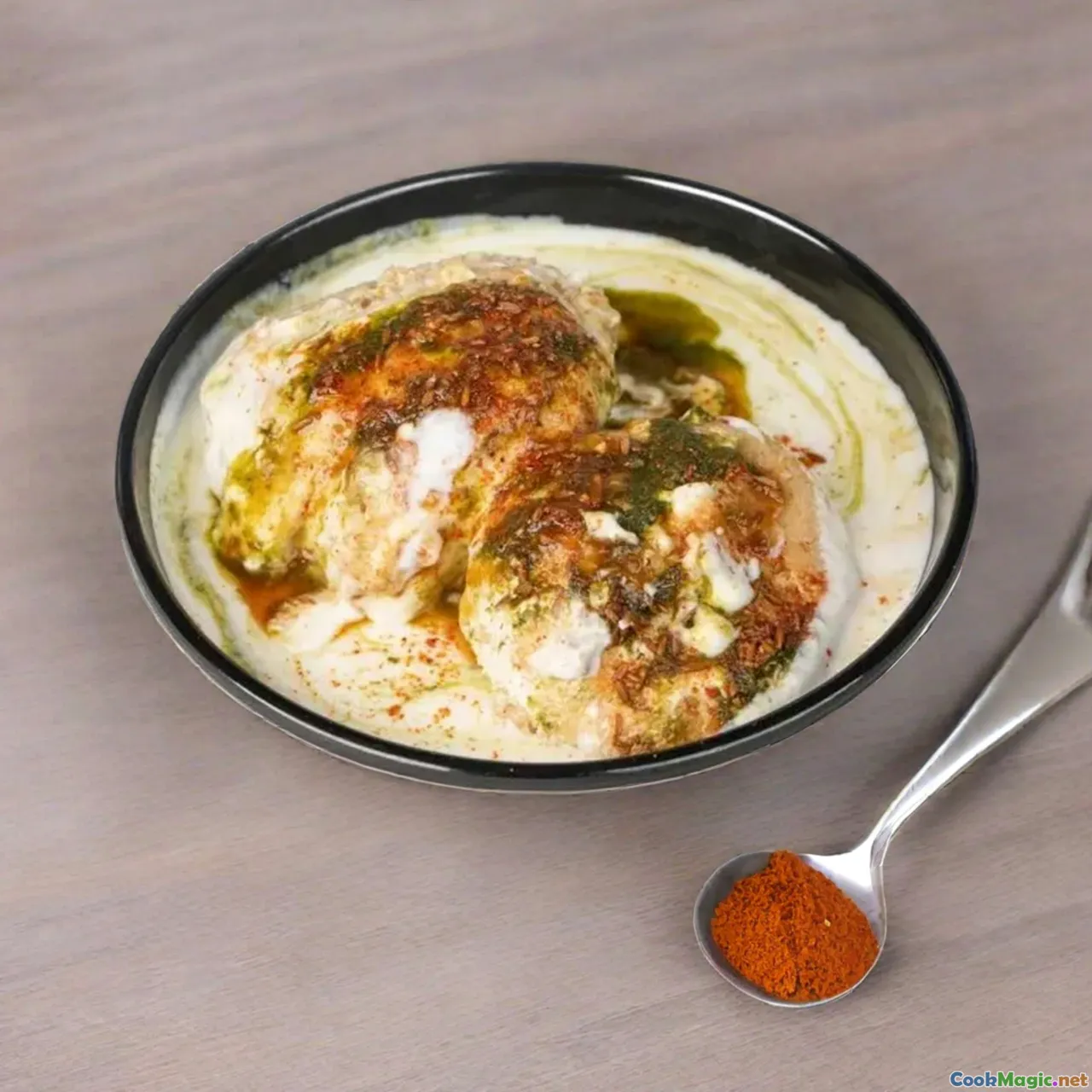
When homesickness gnaws, I make a northern-leaning chicken porridge. I simmer a whole chicken or a few bone-in thighs with ginger coins and scallion roots. I strain the broth, shred the chicken, and start the rice: a blend of jasmine and glutinous, lightly toasted. As the porridge thickens, the kitchen fills with the soft, golden smell of comfort. I finish with fish sauce—not much—and a spoon of scallion oil.
In the bowl: a mound of shredded chicken, a tangle of rau răm if I have it, a few coins of ginger shredded so fine they look like straw, a storm of black pepper that pricks the nose. I eat it standing at the counter by the window. The city outside makes its demands; inside, the bowl makes one request: slow down.
What the Spoon Teaches
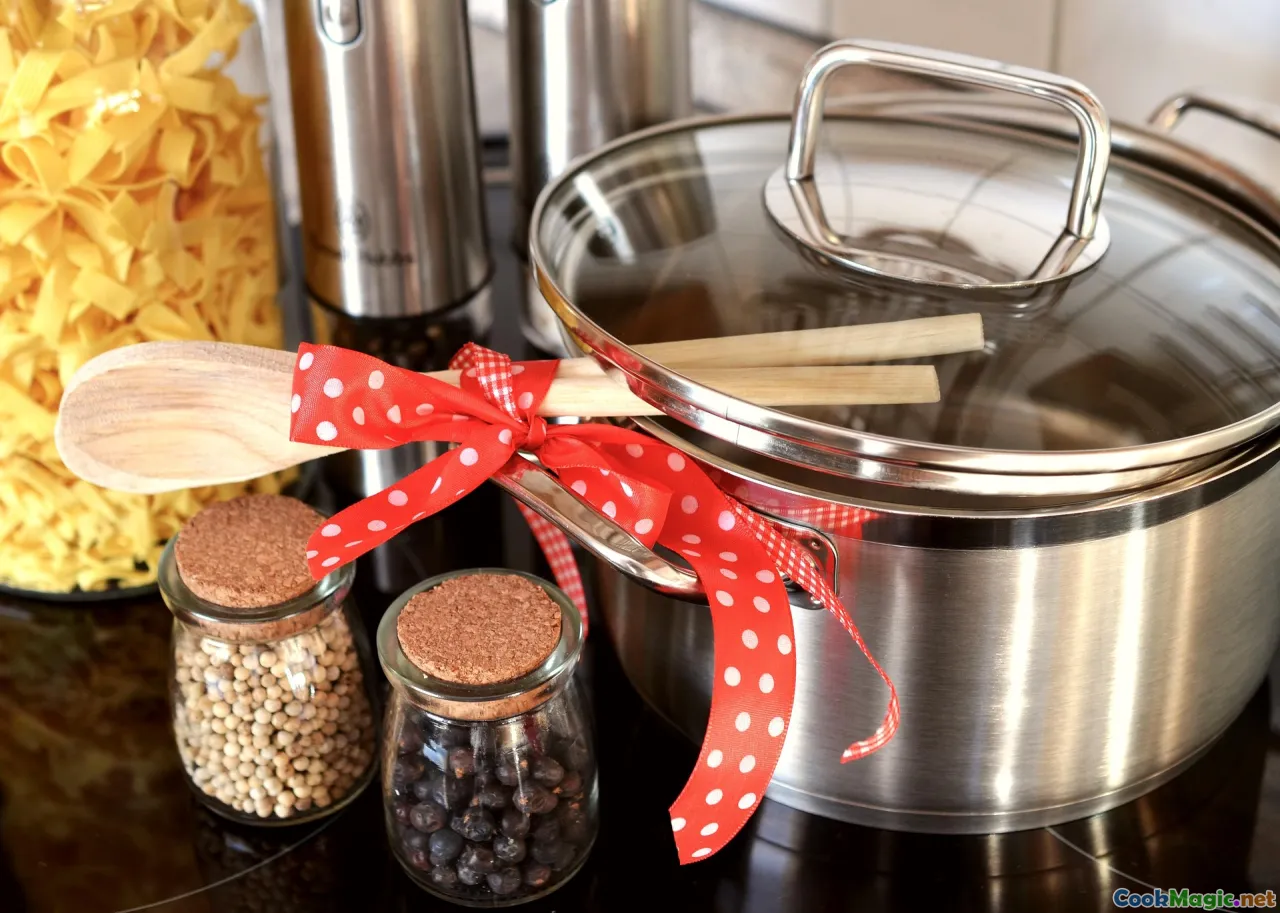
Vietnamese cháo is a lesson in proportion and attention. Rice, water, heat, and time—plus the correct whisper of fish sauce and a handful of herbs—become something greater than their sum. In the North, it is the hush of winter mornings and the dignity of restraint. In the Central regions, it’s perfume and color, the confidence to let mắm ruốc and chili oil speak softly and carry a big aroma. In the South and along the Mekong, it’s generosity: herb platters and side dishes that turn porridge into a festival.
If you travel through Vietnam with a spoon, you’ll taste not only place, but also care—the way an auntie in a market leans over to add one more ladle because you look tired; the way a grandmother stirs without ceasing so her porridge doesn’t catch; the way a late-night vendor in Chợ Lớn offers a side dish “on the house” because the hour is long and kindness, like porridge, stretches to fit the bowl.
Carry that home. Keep a jar of rice on the counter, a stash of scallions in the crisper, and fish sauce within reach. Let the weather and your mood decide the rest. And when someone you love needs comfort, pull a pot from the cupboard. Toast the rice. Add stock. Stir gently. Watch as steam writes its small benedictions into the air. Then ladle, garnish, and listen as the bowl says what words cannot.









